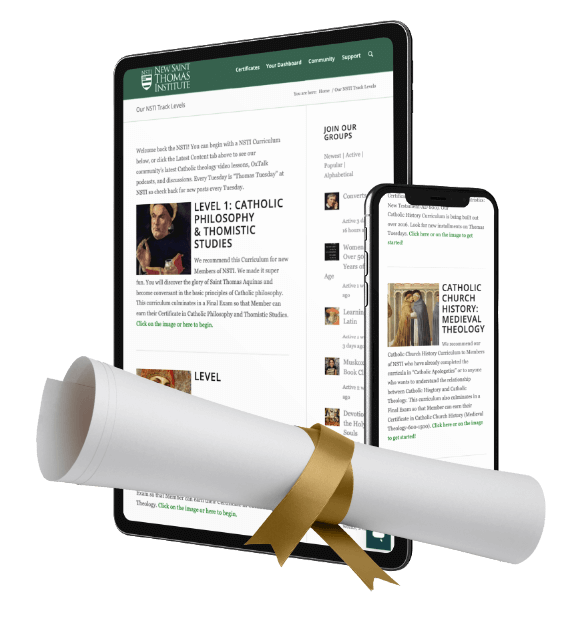STAY INFORMED
Must Watch Videos
Meet a Holy Bishop: St Anthony Mary Claret
Saint Anthony Mary Claret is one of those saints that you could not create in your imagination. He labored both in Europe and the New World. He wrote over 140 books. He actively preached against “Negro slavery” in the mid 1800s. He was also a “living tabernacle,” something explained below.
Anthony Mary Claret was born at Salent in the Diocese of Vich in Catalonia, Spain, in the year in which Napoleon invaded Spain. He was trained for manual labor, since his father was a weaver, but in 1829 he entered the seminary at Vich. Ordained to the priesthood in 1835, he was assigned as pastor in his home parish. Later he went to Rome to work for the Propagation of the Faith. He also entered the novitiate of the Jesuits but had to leave because of ill health, so he returned to Spain and was assigned as pastor of a parish. His apostolate consisted of rural preaching, conferences for the clergy and books. Because of his successful apostolate he aroused the animosity of some of the clergy and as a result he left Catalonia for the Canary Islands (1848). After a year he returned to Catalonia and resumed his preaching apostolate.
In 1849 Anthony gathered together five priests who formed the basis of the Missionary Sons of the Immaculate Heart of Mary (known as Claretians). At the suggestion of the Queen of Spain, Isabella II, Anthony was chosen as Archbishop of Santiago, Cuba in 1850. For the next seven years he made pastoral visitations, preached against the slavery of the Negroes, and regularized numerous marriages. As a result of his activity he was frequently threatened with death and on one occasion an attempt was actually made on his life. In 1857 he was recalled to Spain as confessor to the queen. In this way he was able to exert some influence in the naming of bishops, set up a center of ecclesiastical studies at the Escorial, and work towards the recognition of religious orders in Spain.
In 1869 he was in Rome, preparing for the First Vatican Council. He followed Isabella II into exile and at the insistence of the Spanish ambassador, was placed under house arrest in the Cistercian monastery at FontFroide, where he died at the age of 63.
The most interesting thing is that it was revealed to him by God that the Holy Eucharist remained in him undigested until he received the Eucharist again so that he was a living tabernacle without interruption.
Dive Deeper

GET CONFIDENT IN YOUR FAITH
Explore the fascinating world of Catholic teachings with Dr. Marshall. Together you’ll unpack the brilliant answers the Church gives to tough questions about the Faith. The best part: you go at your own pace. Start this exciting journey today.

